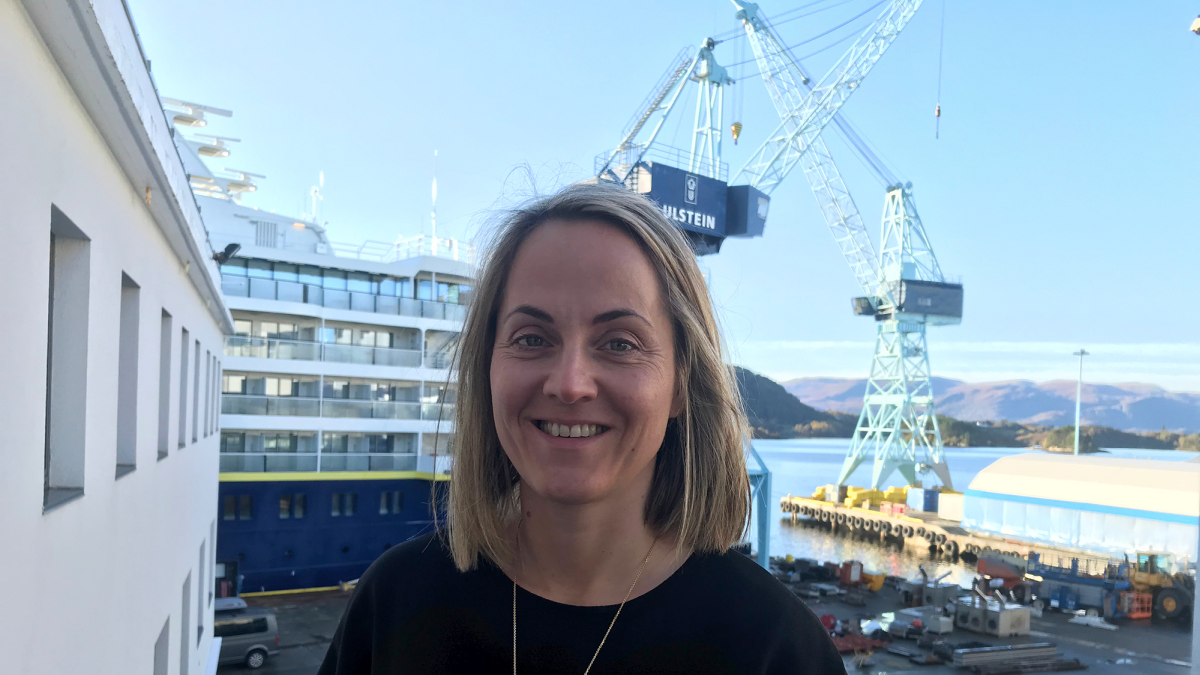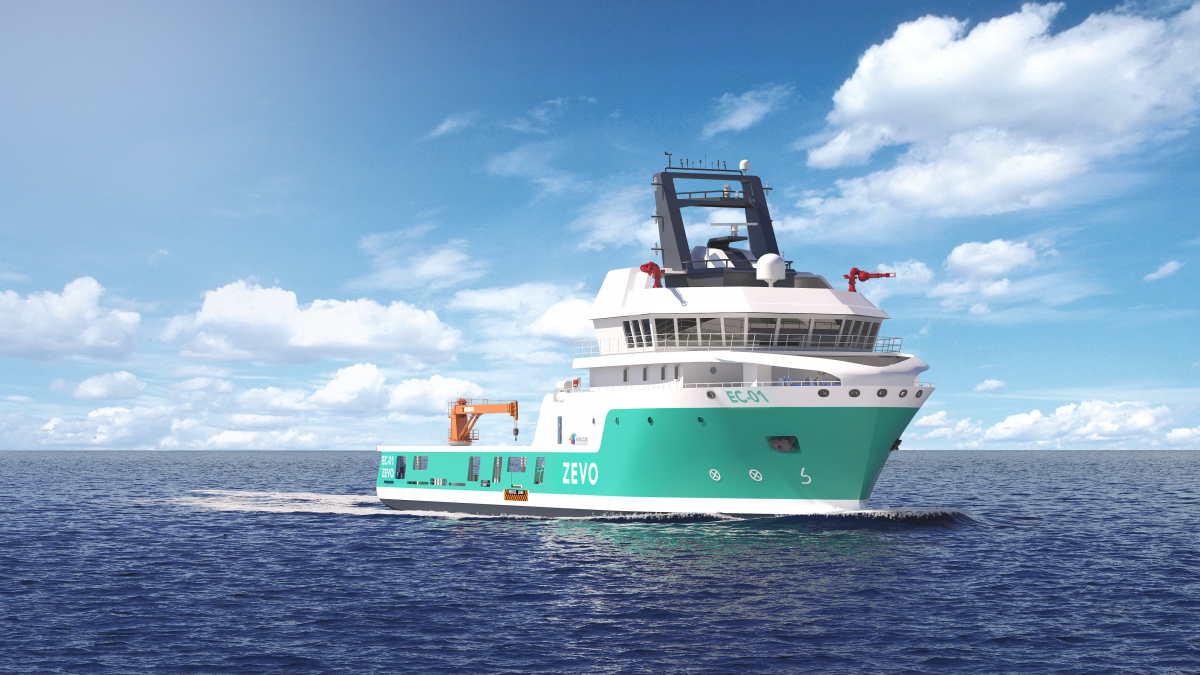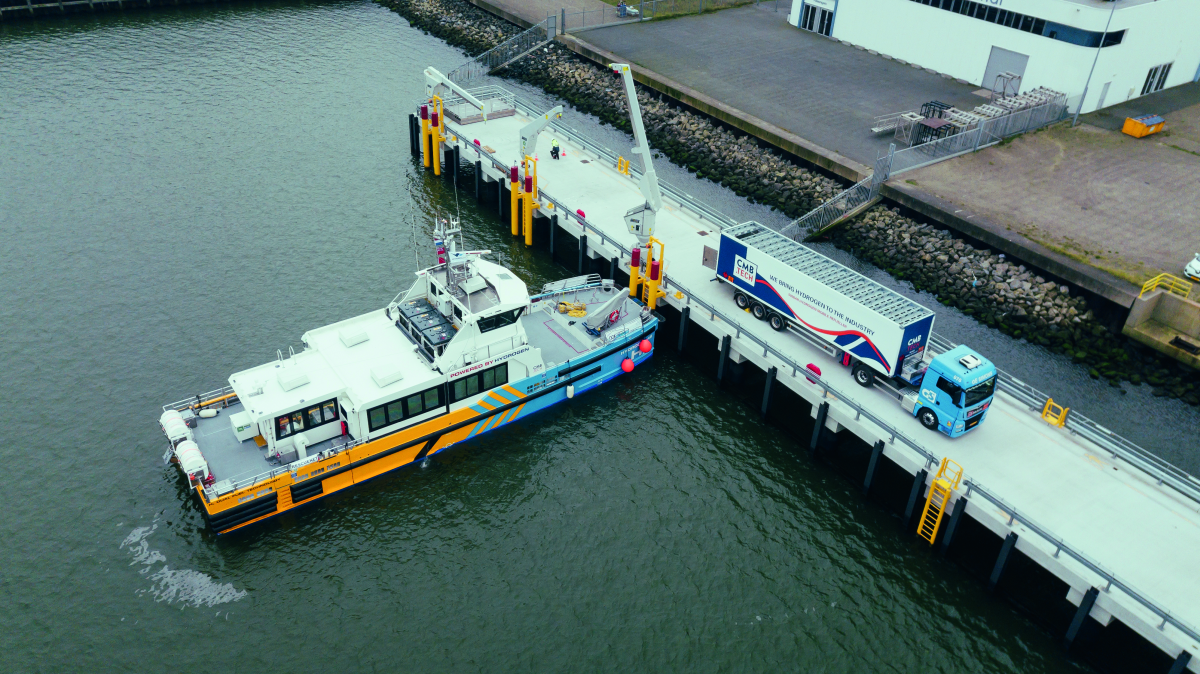September 14, 2022 Maritime Safety News
Marco Molica Colella, Senior Innovation Consultant at CiaoTech (PNO Group) looks at the autonomous shipping industry and the journey it will take to improve its sustainability
Autonomy has been in the R&D roadmaps for over a decade, and it is getting serious. Contrary to common- places, it is not a goal by itself, but it can have a terrific impact on the shipping sector’s sustainability, safety, and environmental targets. As a matter of fact, recent and famous projects like Yara Birkeland and ASKO show that environmental targets have driven investments into autonomous shipping vessels by cargo owners.
For sure, the technology behind autonomy inherently supports cost efficiency, but not only or necessarily by replacing crews: differently, it can certainly ease a part of their job. Constrained operations under human supervision can – in fact – limit risks and decrease seafarers’ labour. On the other hand, with increasing personnel in remote control centres, smaller crew accommodations can enable new designs, allowing for more cargo holds and increasing cost efficiency, supporting demand growth. In contrast, smaller vessel fleets can change logistics and improve routes between smaller ports.
Shipping infrastructure and the value-chain
Overall, a more competitive and reliable fleet can generate new seamless and resilient logistics, gaining traction against road transport and supporting the EC targets to decongest them. This may be the case as far as Inland Waterways are concerned, but there is not one business case fitting all scenarios. Looking at the infrastructure and the value-chain, autonomy eventually supports resilience, providing new instruments to withstand contingencies, from pandemics to climate crisis events.
In any case, the picture is complex, and great attention must be kept considering all instances and societal counterparts in the process. We are just at the beginning, although the first use cases are real.

First movers: an R&D stakeholders’ outline
Aiming at better, more efficient, and sustainable operations through digitalisation and automation, the autonomous ships technology perfectly merges into the smart logistics scenario, involving ports and the water transport infrastructure. The liaison between the two areas has just started to be explored. Indeed, the full development of the technology does require automatic mooring, Shore Control Centres and different sensing and telecommunication technologies “off board”. In the EU-funded project AUTOSHIP – Autonomous Shipping Initiative for European Waters, a technology-based Stakeholder Analysis has been performed based on a systematic investigation of the last year’s R&D efforts and investments. Innovators and Investors have been mapped by looking, among other sources, into national and EU funded R&D, start-ups and IP portfolios using multiple databases.
A total of 75 – EU and national – R&D Funded Projects were analysed, with a view also to CEF and TEN-T programmes. They uncovered that only a few emerging initiatives have been looking together at autonomous transport and logistics in the same picture. The R&D has been focussing on building blocks that have been studied separately.

Projects addressing autonomous vessel technology have been developed with a vibrant core in Norway and Germany: like Autoship, they have been implementing and demonstrating key enabling technologies, including sensing and remote control, while relevant regulations are under discus- sion by competent authorities. On the other hand, e-infrastructure and automation in ports have not been directly related to autonomy. Still, they are connected to the requirements that autonomy demands for developing Vessel-to-Shore interfaces.
Emerging market leaders of maritime transport
Correspondingly, by analysing the expertise of 335 involved organisations and mapping their role in the maritime transport and logistics value chain, a prominent number of Technology Providers/Developers (198 organisations) can be found, including emerging market leaders.
The next step is the definition of integrated business cases: the presence of relevant clients (e.g. cargo owners /shippers) has still been limited up to the recent past. However, this trend has rapidly been changing. With the Technology Readiness Level rising, progressively larger and more integrated projects have been developed where the autonomous technology seamlessly connects to cargo-owners, smart ports, and longer value-chains, including the “last-mile” representatives. It is highly likely that this integration will eventually provide the optimal definition of the autonomous/smart shipping market.
Knowledge is key, no matter what industry you are looking at
CIAOTECH S.r.l. is AUTOSHIP’s coordinator. We are the Italian branch of the PNO Group: Europe’s largest independent public funding and innovation consultancy with more than 30 years of hands-on expertise. In AUTOSHIP, our R&D Advisory team is involved in developing the Stakeholder and Market analyses, in a Cost-Benefit-Analysis for autonomous vessel use cases and in shaping the project business and exploitation plans, facilitating communication and outreach.
Every year, PNO supports more than 3.000 clients in their R&D processes, realising original data-driven and expert-driven analysis and creating over 300 cutting-edge R&D projects – changing the world for the better. We identify where technologies and business are heading, analysing relevant trends, highlighting the focus of innovation leaders and anticipating changes.
Source: https://www.openaccessgovernment.org/autonomous-shipping-from-autonomy-to-sustainability/143202/




